With Thanksgiving drawing close, we’re in the homestretch of another year—and as you finish up the last of your gardening tasks for the season, here are a few tips to ensure a good end to this year and start to the next.
First, it’s time to label your plants. As perennials grow in popularity and variety, more of the plants in our gardens simply disappear over winter, leaving us trying to remember what we planted where. Right now, before you prune back your perennials for winter, mark the location and variety of each with plant labels. Doing so will make dividing or moving your plants in early spring to make way for others.
Secondly, it’s time for that much-loved autumn pastime: yard cleanup. After you’ve labeled your perennials, you can cut back any that have already died down for the year. With the frosts we had recently many plants have gone dormant for the season; many more will follow soon.
Pruning back perennials isn’t a difficult task—many can be cut right back to the ground—but some varieties lend themselves to beautiful winter color and should be left alone until spring. My favorite plant that fits this rule is heuchera, or coral bells. With their brightly-colored leaves through spring and summer, heuchera are beautiful enough, but many varieties take on even more vivid shades in the winter months, so don’t touch them until spring and enjoy the show!
As for other plants around your yard—while it’s generally safe to prune in the fall and winter, I typically wait until early spring to trim the shrubs in my yard. Even the hardiest plants can suffer some winter damage in the event we have a harsh season ahead, so rather than create wounds on the plants in my yard before winter, wait until after the worst chance of a deep freeze is past to prune. Doing so will also allow you to prune off any branches or foliage that shows signs of winter damage.
The one major exception I make for pruning this time of year is roses. Because rose canes (branches) can get brittle in cold weather—thus making them susceptible to damage in windy or snowy conditions—it’s a great idea to prune them back halfway sometime in November. In February you can more selectively prune to shape your plants for the coming year, but for winter, the job is entirely utilitarian, so chop away.
After you’ve finished raking your lawn for the season, take note of what you still may need to do to keep your grass healthy through winter. If moss has begun to take hold once again, apply a dose of ferrous sulfate to kill it and keep it from choking out your grass over winter. If you haven’t yet applied your fall fertilizer, it’s still safe to do so—in fact, with the warm temperatures we had for much of October, the timing is perfect to apply it anytime this month.
Finally, if you haven’t yet planted bulbs for next spring, it’s not too late to do so. As mentioned above, October was particularly warm this year, so our soils have finally cooled down in the last few weeks, providing ideal conditions to plant. Daffodils in particular offer carefree, deer-resistant color for years to come, so visit a local nursery and browse what bulbs might be right for your yard.



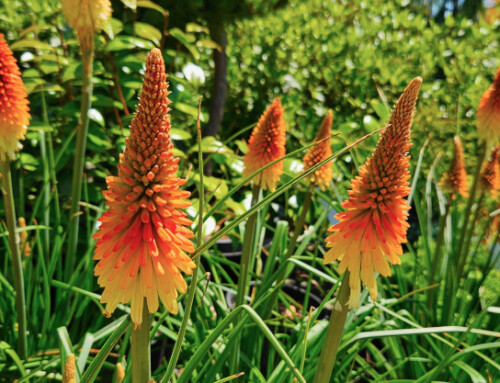
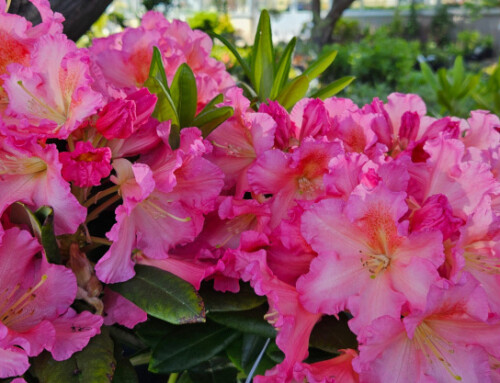
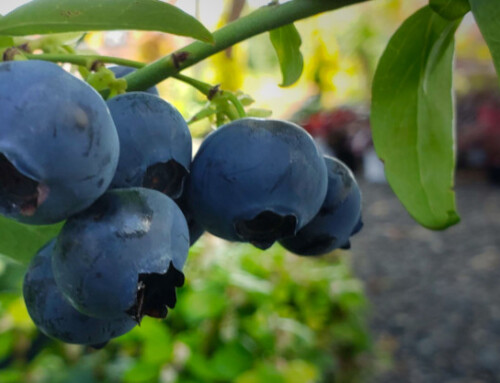
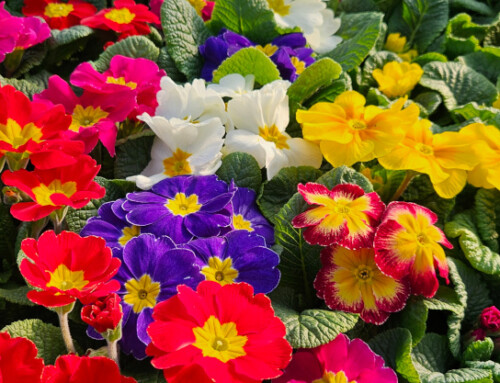
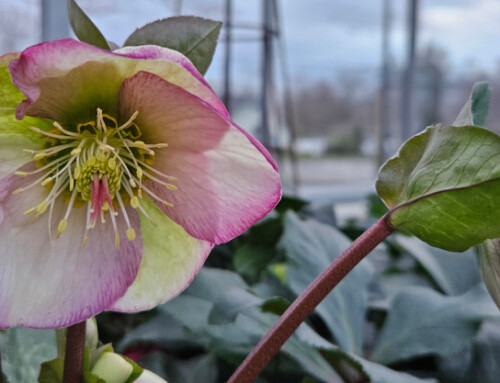
Leave A Comment